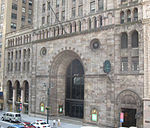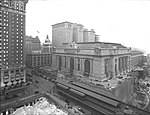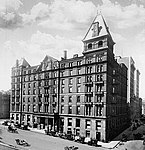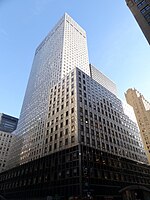International Rescue Committee

The International Rescue Committee (IRC) is a global humanitarian aid, relief, and development nongovernmental organization. Founded in 1933 as the International Relief Association, at the request of Albert Einstein, and changing its name in 1942 after amalgamating with the similar Emergency Rescue Committee, the IRC provides emergency aid and long-term assistance to refugees and those displaced by war, persecution, or natural disaster. The IRC is currently working in about 40 countries and 26 U.S. cities where it resettles refugees and helps them become self-sufficient. It focuses mainly on health, education, economic wellbeing, power, and safety. Consisting of first responders, humanitarian relief workers, international development experts, health care providers, and educators, the IRC has assisted millions of people around the world since its founding in 1933. In 2016, 26 million people in about 40 countries and 26 U.S. cities benefited from IRC programs.The current President and CEO of the International Rescue Committee (IRC) is David Miliband (2013–present), who previously served as the British Foreign Secretary.
Excerpt from the Wikipedia article International Rescue Committee (License: CC BY-SA 3.0, Authors, Images).International Rescue Committee
East 42nd Street, New York Manhattan
Geographical coordinates (GPS) Address Nearby Places Show on map
Geographical coordinates (GPS)
| Latitude | Longitude |
|---|---|
| N 40.751377 ° | E -73.976511 ° |
Address
Chanin Building
East 42nd Street 122
10017 New York, Manhattan
New York, United States
Open on Google Maps









